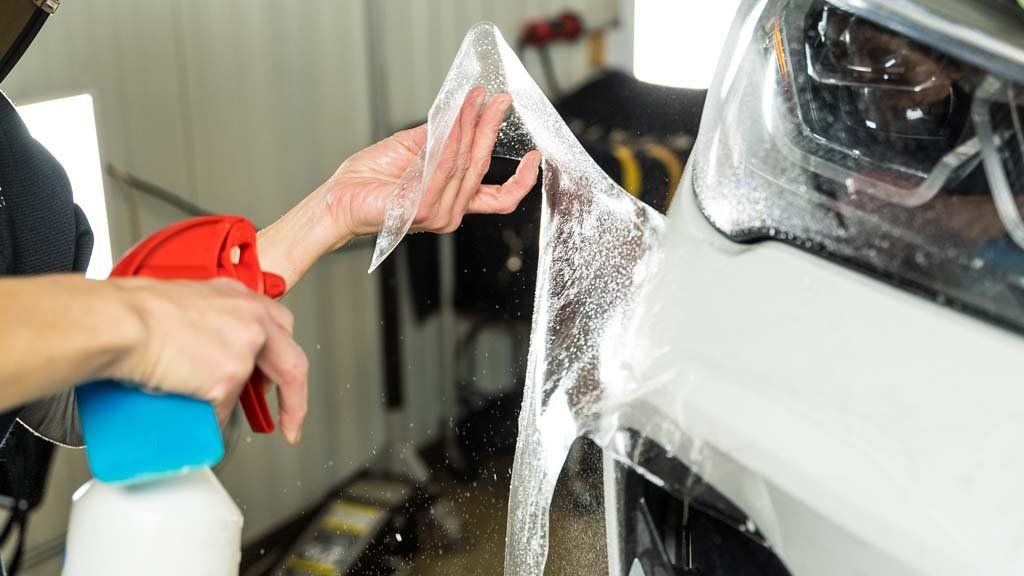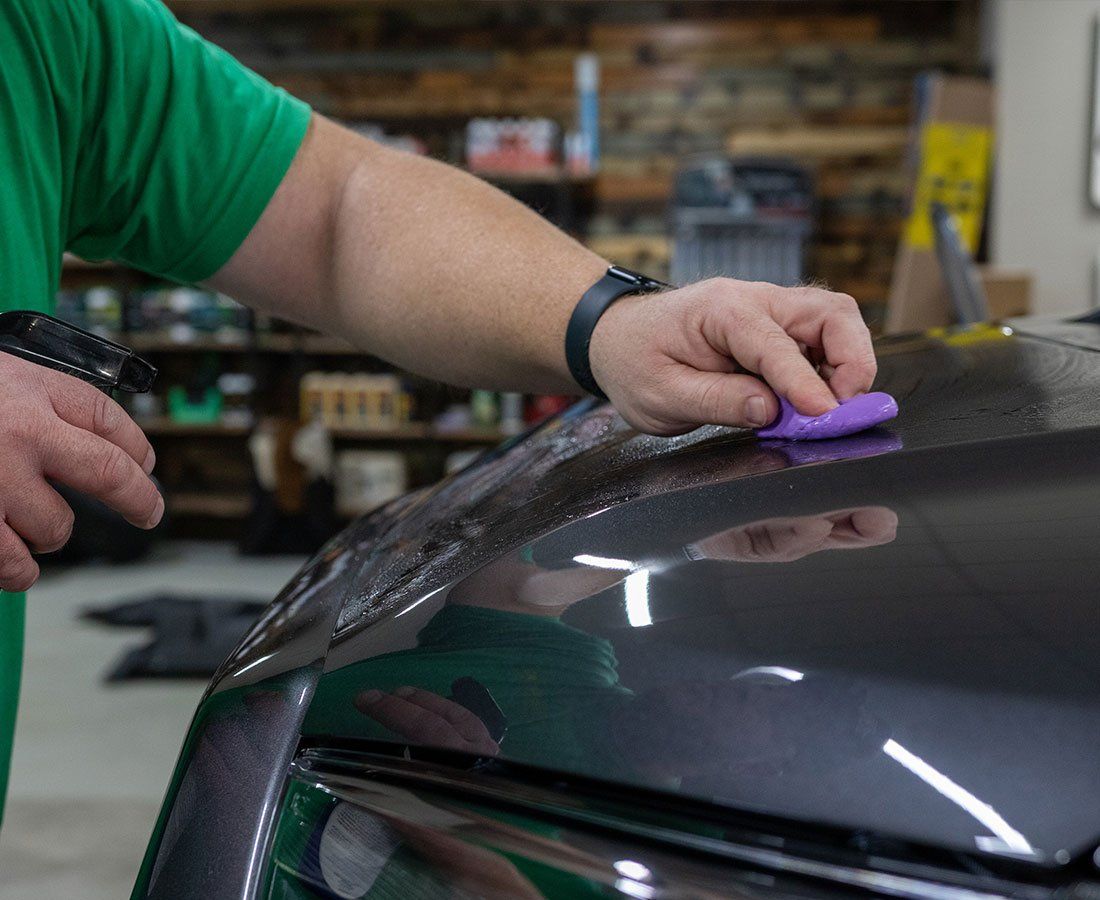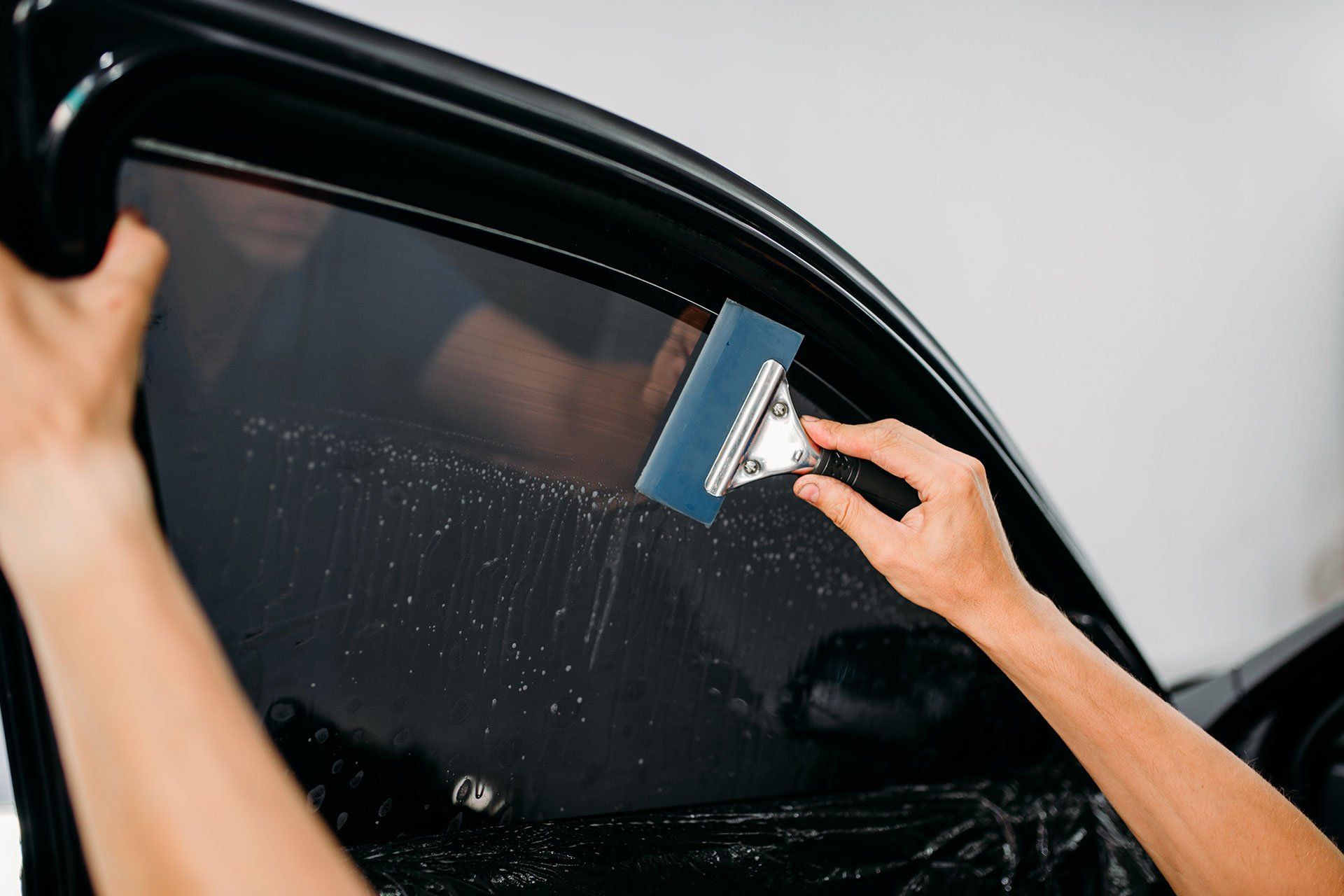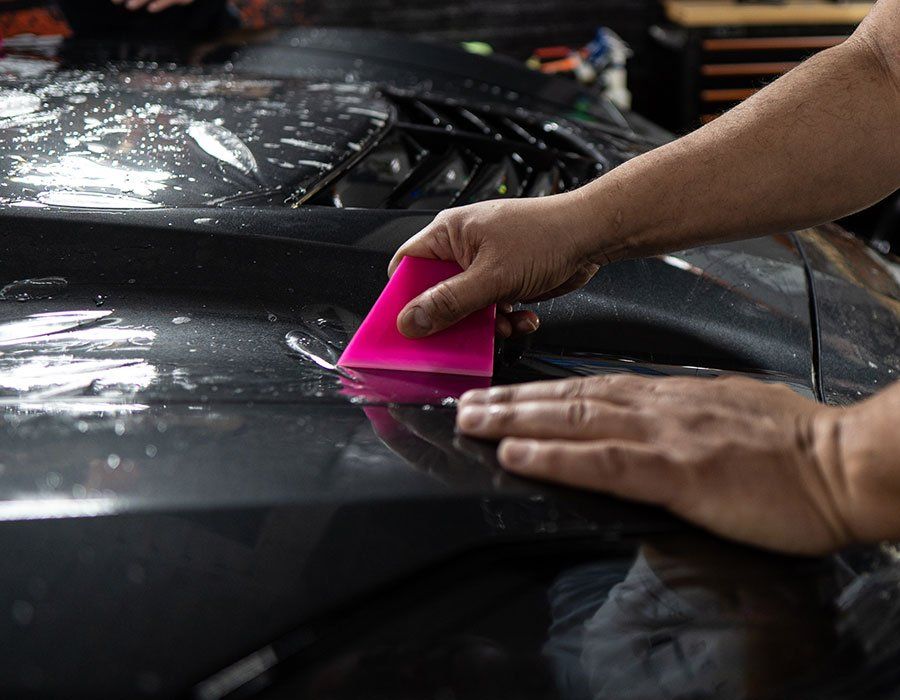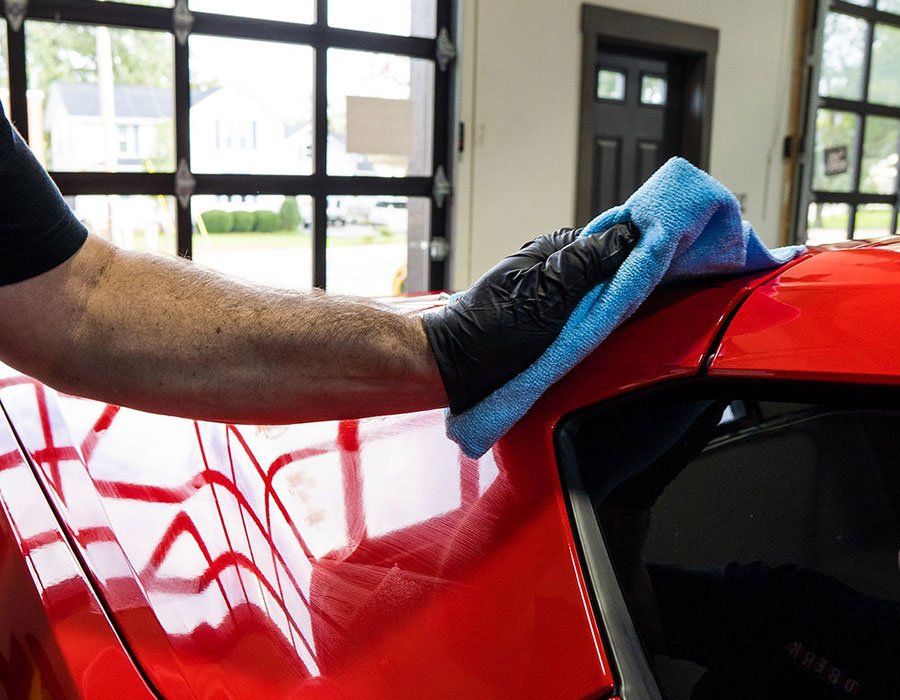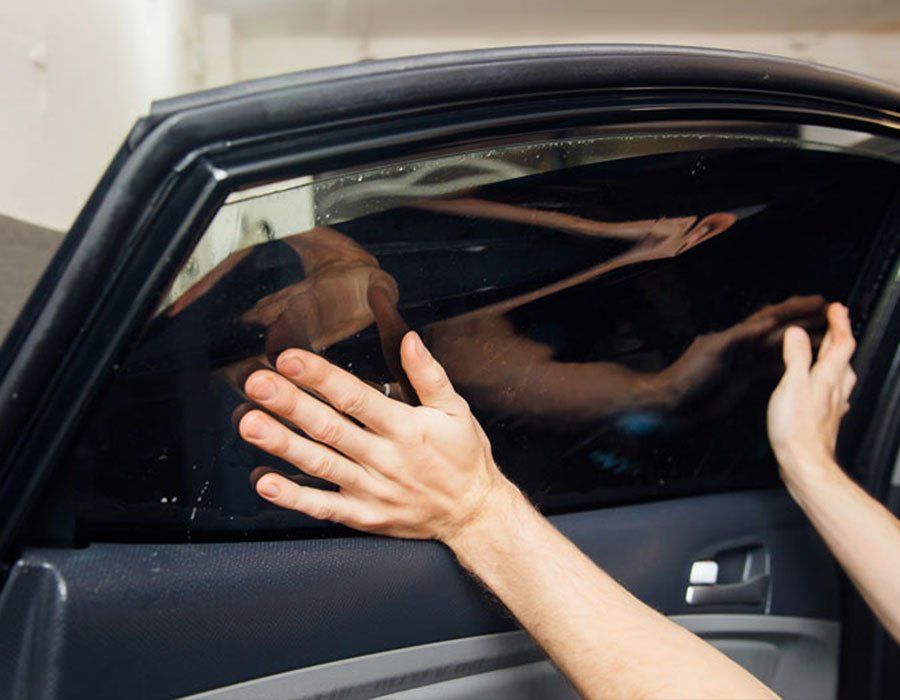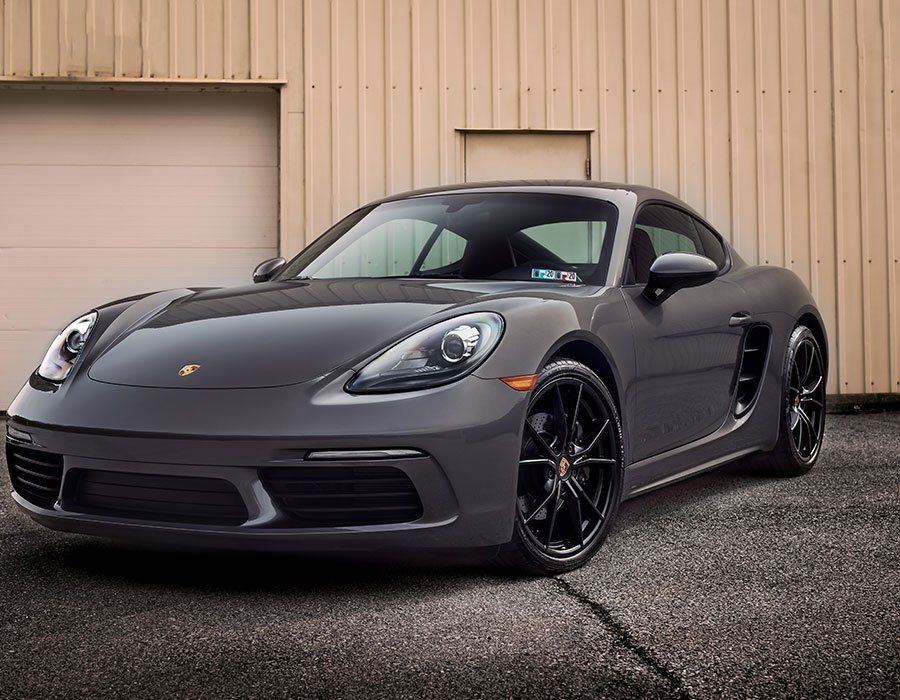Top Considerations for Choosing the Best Car Window Tint Shade: A Comprehensive Guide
CALL (727) 940-2340
SCHEDULE NOWImagine cruising down the highway in the full heat of summer, but instead of squinting against searing, harsh sunlight or juggling with sun visors, you're cool, relaxed, and enjoying a serene drive. Welcome to the magic that the right car window tint can provide! This blog post unravels the mystery of picking the best car window tint shade for your vehicle, serving as your comprehensive guide. From unraveling legal guidelines to assessing aesthetic elements and understanding technicalities like UV protection and glare reduction capabilities, it's time to enhance your auto-game with an informed choice. So buckle up, because this journey promises to be as enlightening as it is thrilling!
Legal Considerations for Car Window Tint

Before diving into the world of car window tinting, it's crucial to understand the legal considerations surrounding this modification. Each state has its own regulations and restrictions when it comes to window tint shades, and failing to adhere to these laws can result in fines or even the requirement to remove the tint altogether. Therefore, before making any decisions, take some time to familiarize yourself with the legal guidelines in your specific state.
One important factor to consider is the visible light transmission (VLT) percentage. VLT refers to the amount of light that is allowed to pass through the window film. The darker the tint, the lower the VLT percentage. Different states have different requirements for VLT percentages on different windows of your car, typically specifying a minimum allowable level for each. Additionally, many states regulate the reflectivity of window tint. Excessive reflection can be a safety hazard as it can interfere with visibility, particularly at night or in adverse weather conditions. It is therefore important to ensure that your chosen window tint does not exceed any reflectivity limits set by your state.
There may also be restrictions regarding certain colors or types of tints. For instance, some states prohibit red or amber-colored films on front windshields due to their potential interference with visibility. Other states allow color variations but only within specific guidelines, such as using non-reflective colors for top strips on windshields. Another consideration is medical exemptions. In some cases, individuals with specific medical conditions may be permitted to have darker tints for UV-ray protection purposes. However, proper documentation from a licensed physician is usually required as proof.
It's important to keep in mind that these regulations are subject to change and may vary depending on where you live or where you plan to drive your vehicle. It's always recommended to consult local law enforcement agencies for accurate and up-to-date information regarding window tinting laws in your specific location.
Impact of Tinting on Comfort and Safety
Car window tinting not only enhances the appearance and style of your vehicle but also offers several benefits in terms of comfort and safety. One of the primary advantages is the ability to keep the interior cooler during hot weather. The tint film acts as a barrier that prevents a significant amount of heat from entering the car, making it more comfortable for both the driver and passengers. Additionally, tinted windows block up to 99% of harmful UV rays, which can help protect your skin from sun damage and reduce the risk of developing skin cancer.
Another significant factor to consider when choosing a tint shade is the level of privacy it provides. Darker shades offer more privacy, preventing prying eyes from seeing into the car, which can be beneficial for personal security, especially when parking in unfamiliar or high-crime areas. Moreover, tinted windows reduce glare from sunlight or headlights, improving visibility and reducing eye strain while driving. This allows you to focus better on the road ahead, making your journey safer. However, it's essential to strike a balance when selecting a tint shade that suits your needs. While darker tints may offer more privacy and improve aesthetics, they can affect nighttime visibility. Consider your driving habits and lifestyle factors, such as frequent night driving or needing clear visibility for parking maneuvers, before opting for a darker shade.
When it comes to safety considerations, ensure that you comply with local regulations regarding permissible tint percentages for different windows. Each state or country may have specific laws governing window tinting to ensure safe driving conditions and enable law enforcement officers to see inside the vehicle if necessary. To ensure longevity and quality, it is advisable to purchase window films from professional window tinting shops offering superior products and experienced installation services.
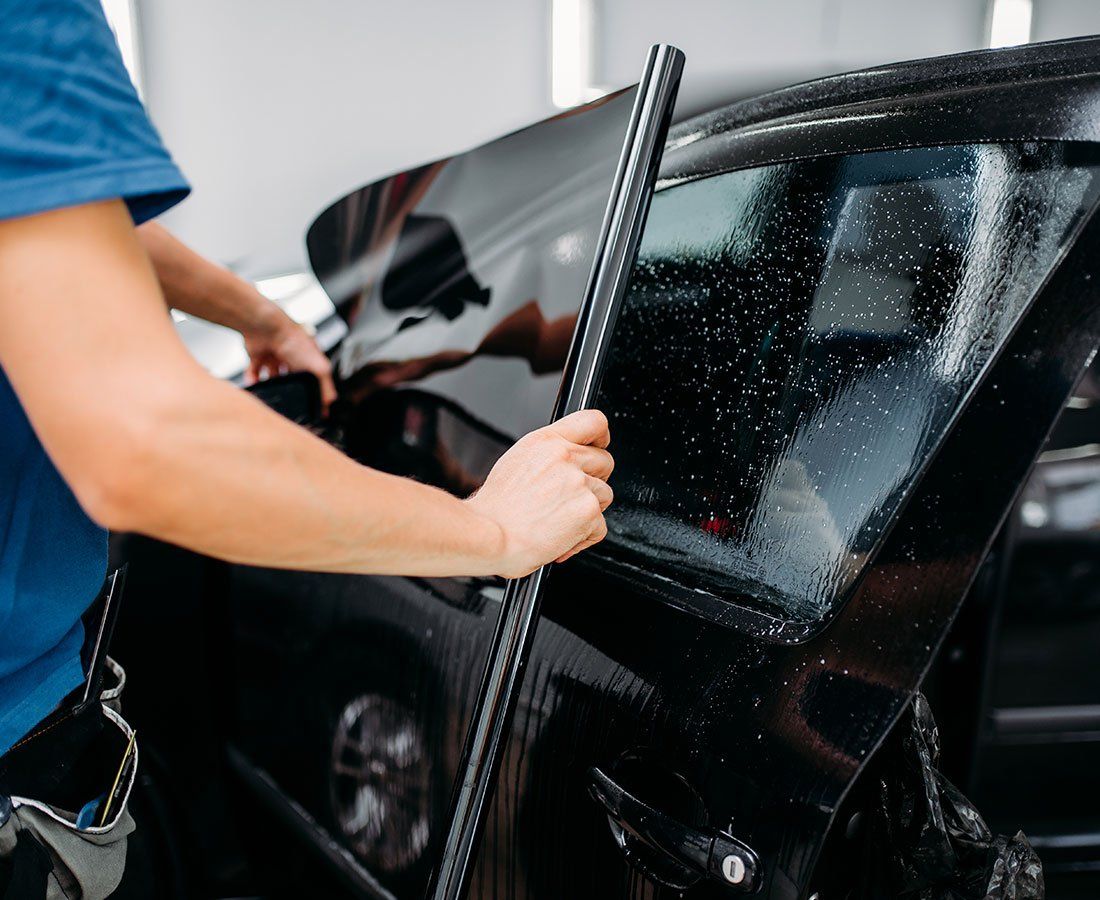
Distinguishing Reflective and Non-Reflective Tint
When considering window tint options, it's crucial to understand the differences between reflective and non-reflective tints. Reflective tint, as the name suggests, has a mirrored appearance that reflects light away from the car's interior. This type of tint offers higher heat rejection capabilities, making it an excellent choice for those living in areas with intense sunlight or hot climates. Reflective tints also provide enhanced privacy during the day since they create a reflective surface that prevents people from seeing inside the vehicle.
On the other hand, non-reflective tint does not have a mirrored effect and allows some level of visibility into the car. People who want to keep their vehicle's appearance more natural while still reaping the advantages of heat reduction and UV protection typically prefer this type of tint. It's important to note that laws regarding reflective or mirror-like tints can vary by jurisdiction. Ensure you are familiar with local regulations before choosing a reflective tint shade. By understanding these distinctions, you can make an informed decision based on your preferences, climate conditions, and legal requirements.
How Window Tint Helps Reduce Glare and Improve Visibility
Glare from sunlight or headlights can be a major distraction while driving, compromising both safety and comfort. This is where window tinting steps in to alleviate the issue. Window tints are designed to significantly reduce glare by blocking out a portion of the incoming light. The tint film acts as a filter, allowing only a certain amount of light to pass through the windows, which in turn reduces the intensity of glare.
Imagine driving on a sunny day when the sun is at its peak. Without any window tinting, the intense glare can strain your eyes and make it difficult to see clearly. However, with the right window tint shade, such as 15% or 20%, you can reduce the amount of light entering your vehicle and effectively minimize glare. This allows for safer and more comfortable driving, especially during those bright and sunny conditions. Moreover, window tints also play a role in enhancing visibility by reducing reflections. When light hits an untinted window surface, it can bounce off and cause unwanted reflections that obstruct your view. Window films help mitigate this issue by absorbing some of the light and preventing excessive reflection, resulting in improved visibility both during the day and at night.
Trusted Window Tint Service in Tarpon Springs, FL
Enhance your driving experience and stay cool under the Florida sun with Auto Film Guys, your trusted destination for premium window tint services in Tampa and Tarpon Springs, FL. Our expert technicians bring unparalleled expertise to every project, ensuring precision installation and superior heat and UV protection. Enjoy privacy, comfort, and a sleek, stylish look for your vehicle. Don't settle for less when it comes to your car's window tint. Experience the Auto Film Guys difference today and drive in style while keeping the heat at bay. Your journey to a cooler, more comfortable ride starts here!
The Auto Film Guys Blog
